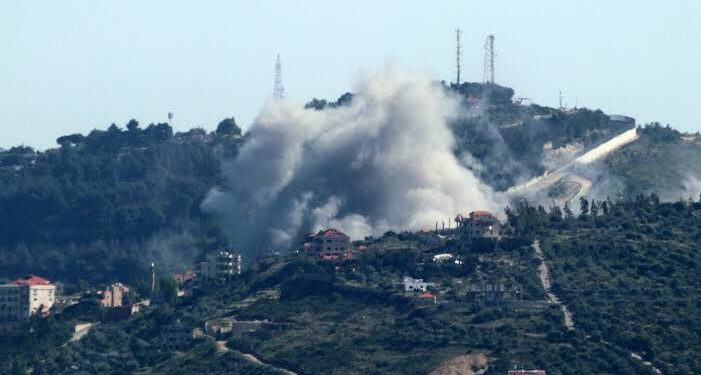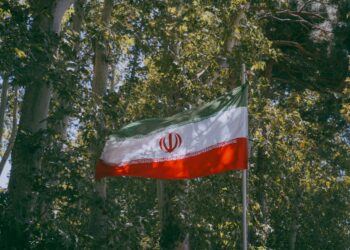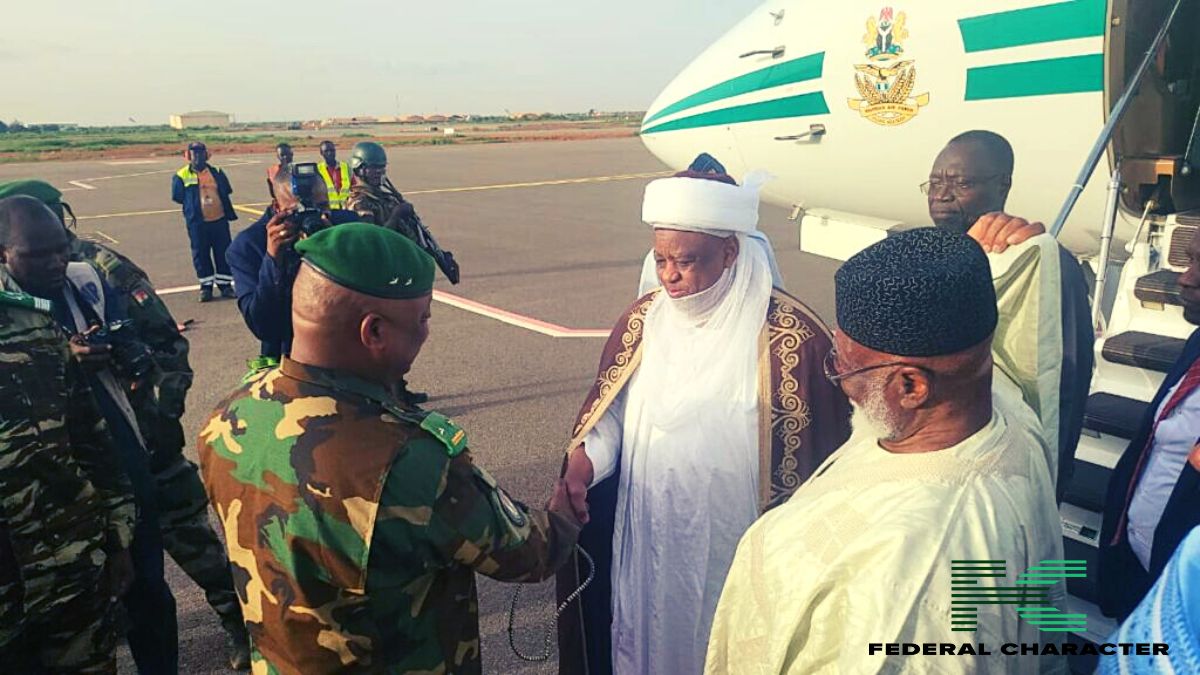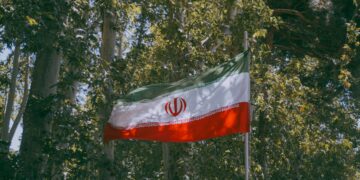An Israeli airstrike on a residential building in the city of Nabatieh in southern Lebanon resulted in the tragic loss of around 10 lives, including two children. Five additional individuals were injured in the attack, according to Lebanon’s state news agency, NNA. The victims were all identified as Syrian citizens. The final death toll is pending confirmation after DNA tests are conducted to verify the identities of the deceased.
The Israeli military has stated that the airstrike was aimed at a weapons depot allegedly used by Hezbollah militants, suggesting a strategic target in the ongoing conflict between Israel and the militant group. However, the loss of civilian lives highlights the devastating impact of the conflict on non-combatants. The targeting of residential areas raises critical questions about the rules of engagement and the protections afforded to non-combatants under international law.
Context and Escalating Tensions
The airstrike in Nabatieh occurred against the backdrop of heightened tensions in the region. Ceasefire negotiations between the Palestinian Islamist group Hamas and Israel, held in Doha, were paused on Friday. Talks are set to resume the following week, but the interim period has seen continued violence, complicating the prospects for peace.
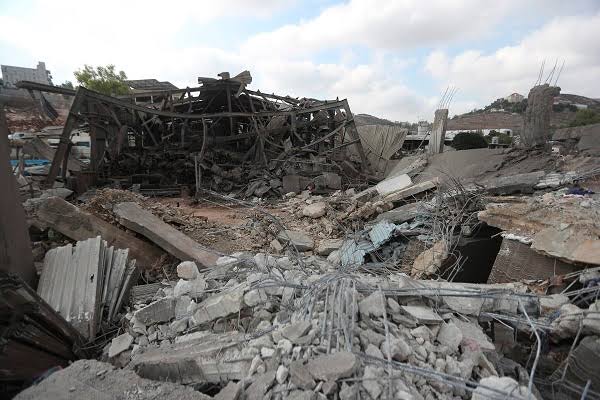
This latest surge in violence can be traced back to a rocket strike, attributed to Hezbollah, that resulted in the deaths of 12 children and teens in the Israeli-occupied Golan Heights. In retaliation, Israel targeted and killed a top Hezbollah commander in Beirut’s suburbs, escalating the conflict further.
Additional Strikes and Regional Repercussions
In a separate incident on the same day as the Nabatieh airstrike, an Israeli drone targeted a motorcycle in the Qadmous area east of Tyre, also in southern Lebanon. While NNA reported one injury, a security source later confirmed that one person was killed in this strike.
The ongoing conflict has exacerbated regional instability, with Hezbollah vowing to retaliate against Israel for the recent attacks. This situation is further complicated by Iran’s pledge of revenge for the killing of Ismail Haniyeh, the political chief of Hamas, in Tehran. The ongoing tit-for-tat retaliations between Israel and Hezbollah, as well as the involvement of other regional powers like Iran, suggest that the conflict is far from de-escalating. Each strike and counterstrike deepens the animosity and makes the prospect of a lasting peace more elusive. As ceasefire talks continue to face challenges, the cycle of violence is likely to persist, with devastating effects on civilian populations in the region.

